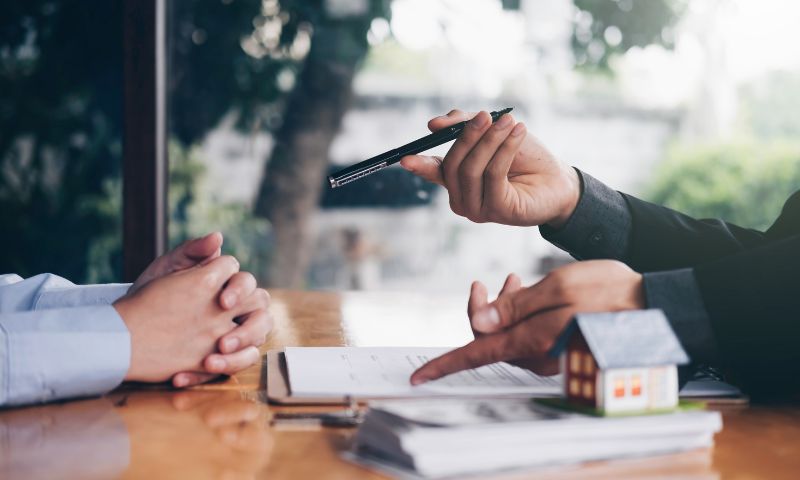Buy and Hold Strategy vs. Market Timing: Which Is Better?

When breaking into the world of real estate investing, it’s crucial to pick an investment strategy that works for you. Going in blind can mean wasted time and money, which nobody wants. Market timing and buy and hold are two popular investment strategies that are both considered “hands-off investing” as they don’t involve much management. However, that doesn’t mean these strategies are necessarily child’s play, but they can be lucrative if you play your cards right. If you’re trying to find the right investment strategy for you, let’s take a look at the buy-and-hold strategy vs. market timing.
What Is the Buy and Hold Strategy?
The buy and hold strategy is a long-term, passive investment that involves, in simple terms, buying an asset and holding onto that asset until it yields higher returns. In real estate, this investing involves buying a property, waiting for that property to appreciate, and selling it to another interested buyer so you can receive a return. This strategy is very hands-off and is generally considered safe real estate investment, but it takes time, patience, and knowledge. You must be able to evaluate the market and sell at the right time. However, while waiting for the property to appreciate, you can rent it out and make passive recurring income.
What Is Market Timing?
Market timing, also called timing the market, seems similar to the buy and hold strategy, but it’s quite the opposite. With buy and hold, investors will hold an asset for a long time regardless of market volatility. Market timing involves being able to predict the booms and busts of the real estate market. Real estate investors believe that they can break the housing market down into particular cycles, and there are ways to tell when the housing market is safe to invest in. However, this can only get you so far, as many outside factors aren’t as predictable and can affect these cycles.
Should I Sell my House Now or Wait: Buy Before You Sell
Is One Better Than the Other?
Market timing receives a lot of backlash because it’s challenging for even the most experienced real estate investors to be able to “predict” the market. It involves checking the market daily, sometimes even hourly, to ensure you’re correctly timing your assets’ movement. If you aren’t intimately familiar and confident with your real estate market knowledge, this likely won’t be a lucrative strategy for you.
Buy and hold is a more reliable strategy for beginner and experienced real estate investors. The problem is that buying and holding takes time and patience, and many investors are looking to liquidate assets relatively quickly to get more returns. Ultimately, it depends on who you ask, but when it comes to the buy and hold strategy vs. market timing, most investors believe the buy and hold strategy is better.
Would you like to receive similar articles by email?





